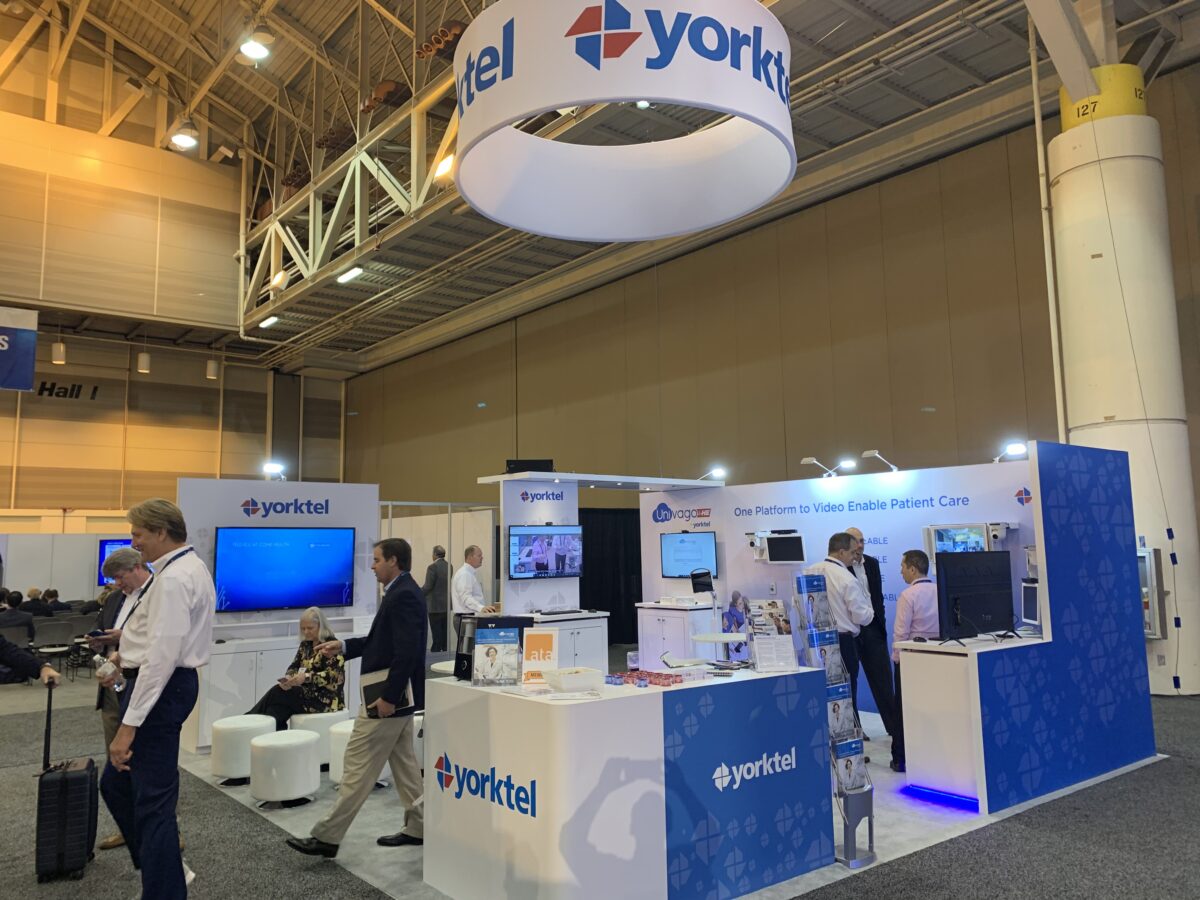The American Telemedicine Association (ATA) recently hosted its annual conference and exhibit in New Orleans. Attendees were keenly focused on advancing programs and exploring next-generation telehealth capabilities. Instead of simply shopping for solutions and gaining knowledge, provider organizations attending ATA 2019 were poised to increase their telehealth investments and expand telehealth roadmaps across the entire patient continuum. Four trends emerged during the conference with long-standing impact for all: providers, payers and technology vendors.
Telehealth Interoperability Ahead
ATA 2019 began with the distribution of a comprehensive interoperability white paper to define and describe the value of interoperable telehealth systems, address challenges and discuss standards. As one of the paper’s contributors, I received an inside look into the association’s white paper and its conjoined position with ONC and CMS proposed rules to improve the interoperability of electronic health information.
One of ATA’s goals is to ensure telehealth data remains patient centric and helps connect the dots between healthcare IT systems at large, including the EHR. There is a growing need for telehealth solutions to maintain the integrity of every patient story, despite multiple systems, overlapping platforms and departmental requirements.
This drive for stronger telehealth interoperability is especially critical as providers merge, acquire and consolidate their IT systems. Flexibility to accommodate each organization’s preferred clinical platform was a key vendor requirement cited by nearly every ATA attendee I met and during most exhibit hall conversations.
Telehealth Roadmaps Expand
One of the most important discussions held during ATA 2019 focused on the need to build enterprise-wide telehealth roadmaps. Our strategy sessions lingered late into the evening and long beyond exhibit hall hours.
While each provider organization expressed unique telehealth needs, four questions were commonly asked:
- How can we pull all our telehealth services together and avoid technology silos?
- Where do we need to focus our time and energy when it comes to telehealth?
- What’s required to build an enterprise-wide telehealth strategy across the entire patient care journey?
- Which vendors integrate telehealth into the bigger clinical IT strategy and workflow?
ATA 2019 attendees are moving away from just dabbling in telehealth. They are testing new options and investing in a broader strategy based on a single telehealth platform.
One Telehealth Platform Preferred
No one wants to purchase or implement different telehealth systems to support virtual care. Instead, provider organizations attending this year’s ATA event demanded single telehealth platforms with flexibility to be implemented across all departments and use cases such as tele-ICU, telestroke and e-sitting in patient rooms.
Today’s users want to document clinical information, conduct video calls, check clinician schedules and perform all other telehealth functions within the same system despite varying clinical workflows and patient care scenarios. And preferably, the single system is embedded in the EHR so physicians can easily camera into a room and achieve optimal clinical efficiency.
Favorable Reimbursement Celebrated
Recent developments in the expansion of payer reimbursements for telehealth services were a huge buzz at ATA 2019. Good news raises all ships. Everyone involved with delivering telehealth services benefits when reimbursement improves.
For example, CMS recently approved a plan to eliminate geographical restrictions on telehealth access and telemedicine services in Medicare Advantage (MA) plans by 2020. The CMS plan also enables those in urban areas to use connected health technology, which gives MA members more locations to access care, including their own home according to the April 9, 2019 CMS news announcement.
Most attendees I met with agreed: As CMS and other payers improve reimbursement capabilities for telehealth, more consumers and clinicians will use virtual care as the most cost-effective and efficient care delivery method for specific patient populations.
Looking Ahead to ATA 2020: Specialization and Focus
Virtual care programs are expanding, telehealth is on the rise and provider organizations are figuring out how to make it all happen. Telehealth plans are now integrated into every clinical initiative with hefty investments ahead.
While attendance is smaller than at HIMSS or other general conferences, better questions are asked at ATA. And attendees are ready to buy and implement. Educational sessions and exhibitors are laser focused on next-generation telehealth solutions. Finally, attendees are well informed and know what they are looking for.
To borrow the phrase from a famous retailer, “An educated ATA attendee is our best telehealth customer.”
Learn more about how Yorktel’s Telehealth Consultancy services can help you build your roadmap today!
